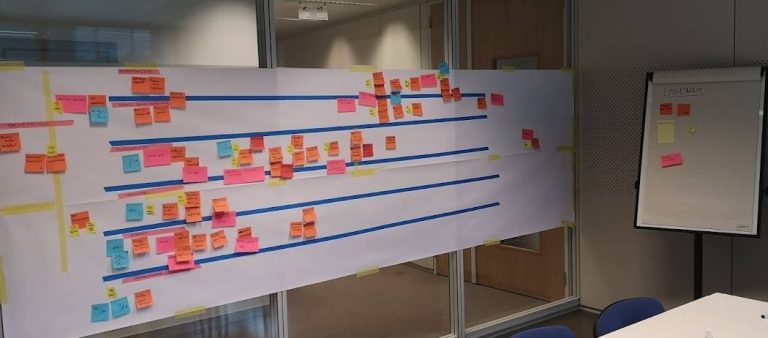EventStorming: A Versatile Approach to Collaboration Beyond Development Teams
EventStorming’s versatility extends beyond software development teams, offering valuable benefits to diverse stakeholders within an organization, such as business analysts, product owners, UX designers, QA teams, and organizational leadership. By promoting collaboration, improving understanding of the business domain, and supporting efficient decision-making, EventStorming has the potential to drive innovation and positive change at all levels of an organization.



